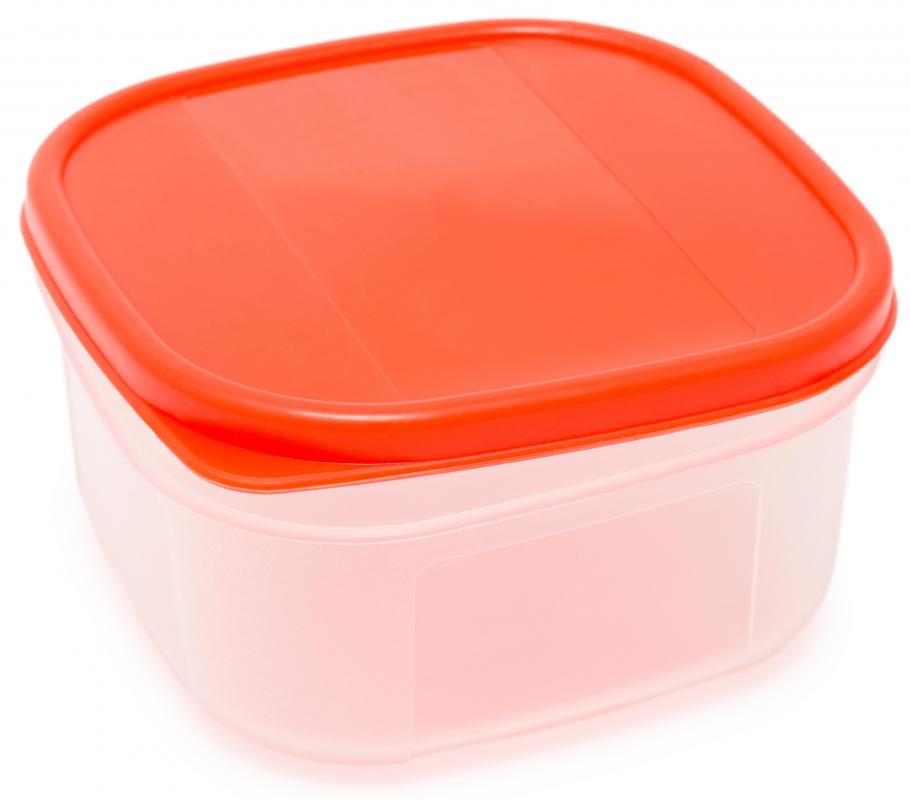At WiseGEEK, we're committed to delivering accurate, trustworthy information. Our expert-authored content is rigorously fact-checked and sourced from credible authorities. Discover how we uphold the highest standards in providing you with reliable knowledge.
What Is the Connection between Dioxins and Cancer?
Dioxins and cancer are directly related when high levels of exposure occur. Government agencies that study and regulate health risks from chemicals upgraded the link between dioxins and cancer by classifying dioxins as a known human carcinogen. Exposure to high levels of dioxins might cause cancer of the lymph system, breast, gall bladder, and blood, and soft-tissue sarcomas. The link between dioxins and cancer at low exposure levels has not been scientifically determined.
Hundreds of dioxins exist in the environment, and are created via chlorine-based chemical compounds that contaminate the air, water, and soil. The type considered most toxic and studied by dioxins and cancer researchers is known as tetrachlorodibenzo-para-dioxin (TCDD). The connections between all other forms of dioxins and cancer are examined in relation to the known toxic effects of TCDD.

Dioxins are created by burning waste at dump sites and from the refining and smelting processes at metal manufacturing plants. The bleaching process used in paper and pulp industries also produces dioxins. These chemicals exist in cigarette smoke, pesticides, herbicides, and in wood preservatives. Most human exposure to dioxins comes from eating food contaminated with the chemical.

Meat contains the highest dioxins levels, which are found most often in beef, followed by chicken, pork, and fatty fish. Dairy products such as cheese, butter, milk, eggs, and ice cream also might be tainted with dioxins. People who live near refineries, paper mills, or municipal dumps might inhale air contaminated with the chemical.
One of the most famous studies on dioxins and cancer examined the use of Agent Orange by the U.S. military in Southeast Asia during the Vietnam War. Immense expanses of jungle were sprayed with the herbicide to kills plants concealing enemy troops. Vietnam veterans exposed to high levels of TCDD in Agent Orange showed higher rates of cancer and other health disorders.
Scientists believe TCDD promotes the growth and spread of tumors through the biochemical alteration of cells. These studies found increased cancer rates at levels previously considered non-toxic. Another study found similar results from the use of herbicides.
Residents exposed to TCDD in Seveso, Italy, when an herbicide plant exploded in 1976 later developed various cancers. Researchers examined the distance from the explosion and levels of dioxins found in the soil and water to assess a connection between dioxins and cancer. They compared cancer rates 10 years after the mishap with areas that escaped contamination, because cancer typically takes that long or more to develop.
Dioxins also exist in polyvinyl chloride (PVC) plastic and might be present in some plastic food containers. Health experts advise against reusing plastic containers designed for one-time use, such as margarine tubs, in the microwave. The heat may release dioxins into food. Plastic food wrap used in microwave ovens should be specifically made for that use, and thin plastic should be avoided, such as plastic grocery bags.
AS FEATURED ON:
AS FEATURED ON:












Discuss this Article
Post your comments